35 expensive home upgrades that are a waste of money
Home renovations that might not pay dividends
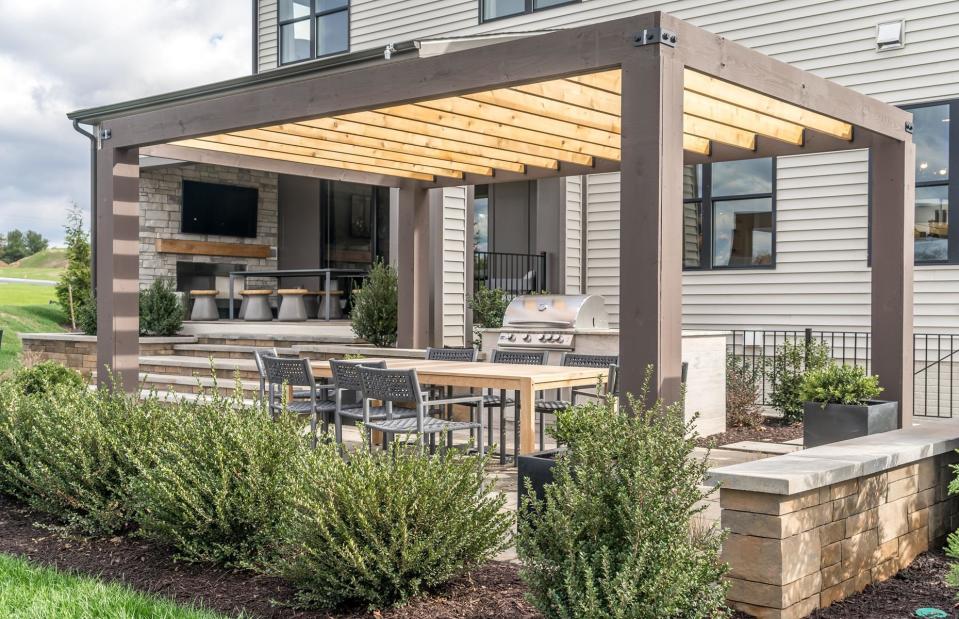
tokar / Shutterstock
Creating your dream home isn't always easy on a budget. When it comes to renovations, it's important to ensure you’re spending money in the right places, especially if you're hoping to add value to your home and secure a decent return on your investment when you decide to sell.
Read on to discover the most common home improvements that could end up costing you more than you’ll make back.
Investing in expensive flooring
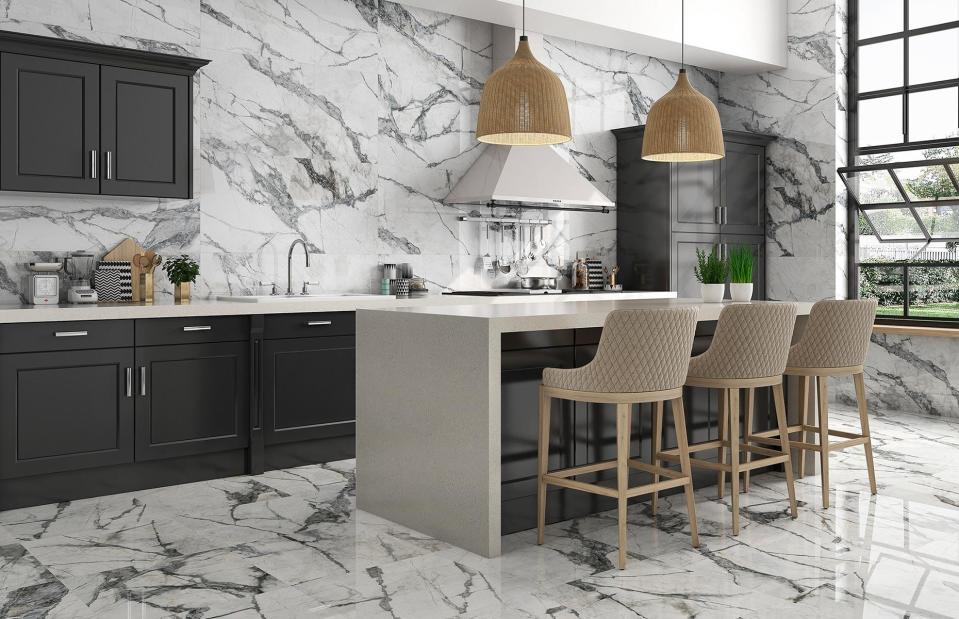
Tile Mountain
Flooring can make or break a room and you'll want to ensure you invest in a durable and good quality product that will stand the test of time.
However, spending thousands on real marble tiles or engineered wood planks might not be worthwhile – especially if you're not planning on living in your property for long enough to warrant the initial outlet. Instead, marble-look porcelain tiles and laminate wood boards could work just as well and are a modern, cost-effective alternative.
Fitting wall-to-wall carpet
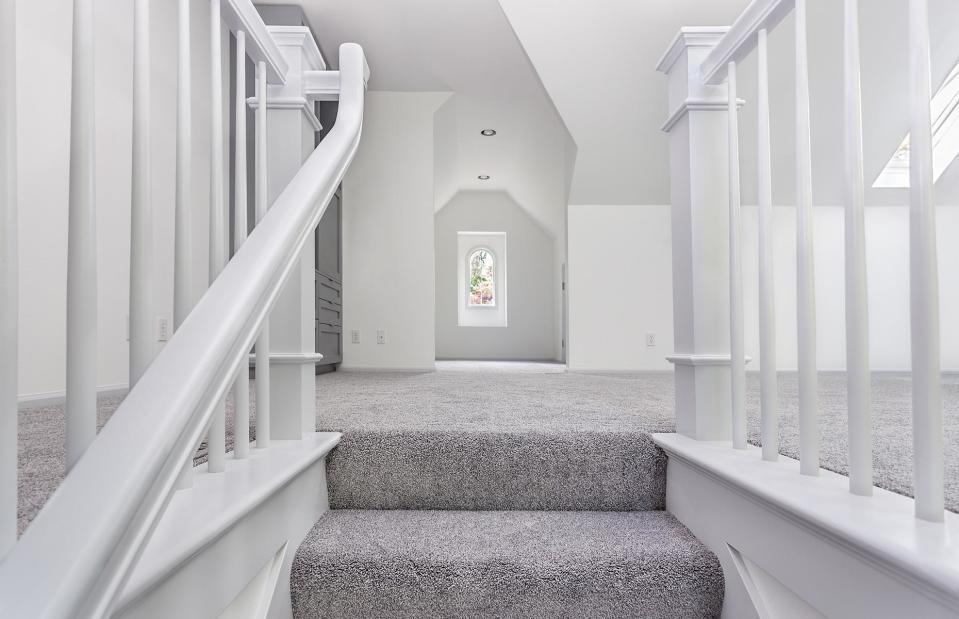
Jo Ann Snover / Shutterstock
Carpet ups the cosy factor in a home, but it can also up the overall cost of your renovation project, without adding appeal for future buyers. Many people today prefer a mix of carpet and hardwood floors, particularly in hardworking areas like hallways.
If you do go for carpet and are planning to sell your home, stick to neutral shades that won’t clash with your buyer’s potential decorating plans.
Installing underfloor heating in the wrong places
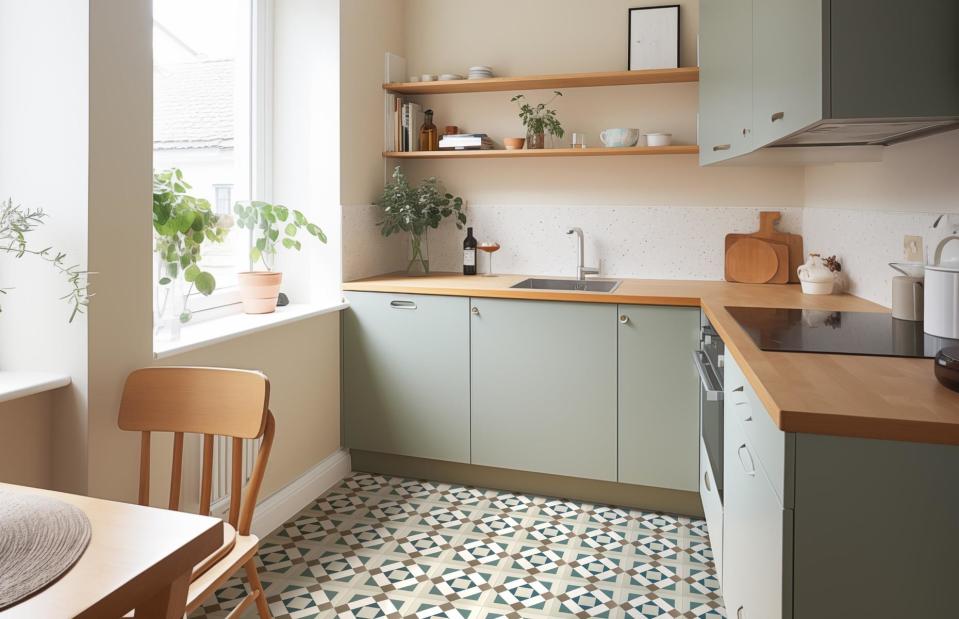
Porcelain Superstore
For many, underfloor heating is the dream. Hidden beneath your floor, it's fantastic at evenly distributing heat and is extremely economical compared to traditional radiators. However, one downside is that underfloor heating can be expensive, difficult and disruptive to install. So a standard radiator might be an easier and cheaper solution for small spaces.
Additionally, it isn’t suitable for all types of flooring. For example, thick carpets and certain types of wood have low thermal conductivity and can therefore restrict the movement of heat, rendering your system ineffective and inefficient.
Going overboard on built-in furniture
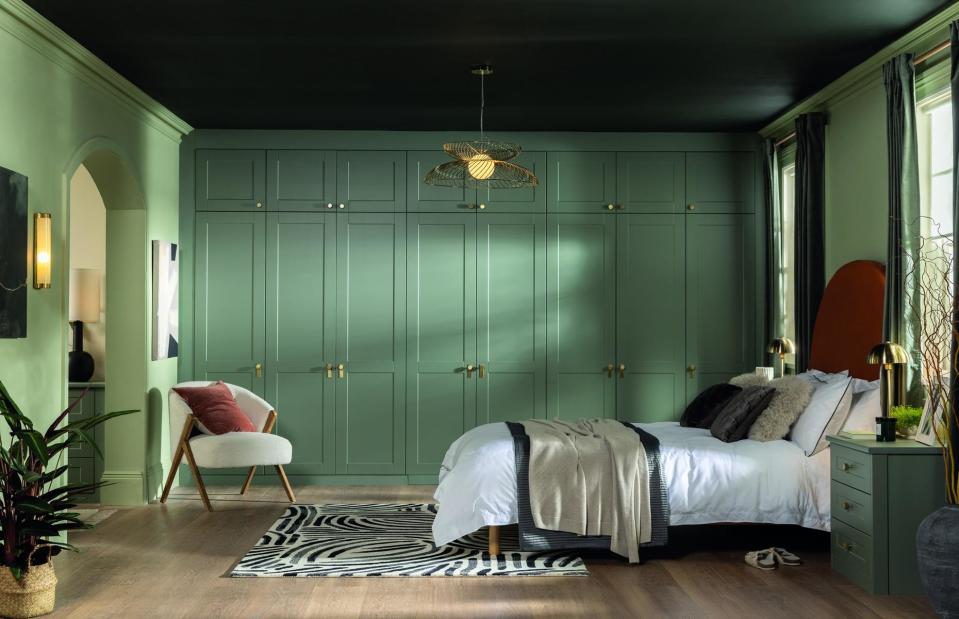
Sharps
Most buyers crave storage space and built-in furniture can be a real game changer when it comes to keeping a tidy home, but adding too much can also limit the versatility of a room.
Think twice before you fit out every bedroom in your house with built-in wardrobes and cupboards – a future buyer may want to transform one of the bedrooms into a home office and could be put off by the extra cost and hassle of removing these fixtures. It's much better to go for freestanding furniture that keeps the room flexible.
Creating a master bedroom suite
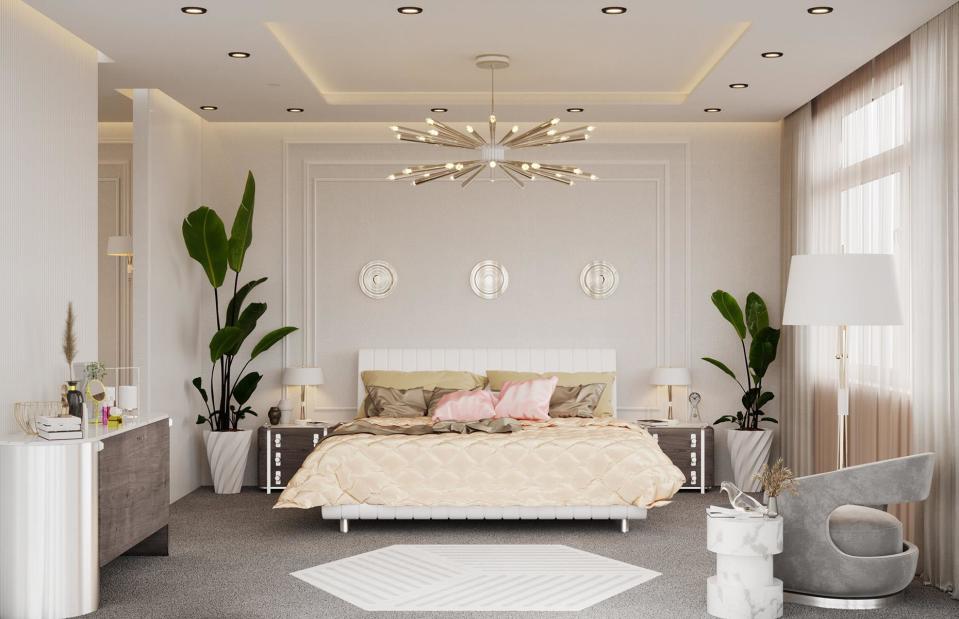
Essential Home
Many of us would love a master bedroom suite with all the trimmings, however, it doesn't always make financial sense in a smaller house.
Having an ensuite bathroom, dressing room and walk-in wardrobe could cost you money when you come to sell if it means transforming your home from a three-bedroom into a two-bedroom property.
Converting a bedroom into a dressing room
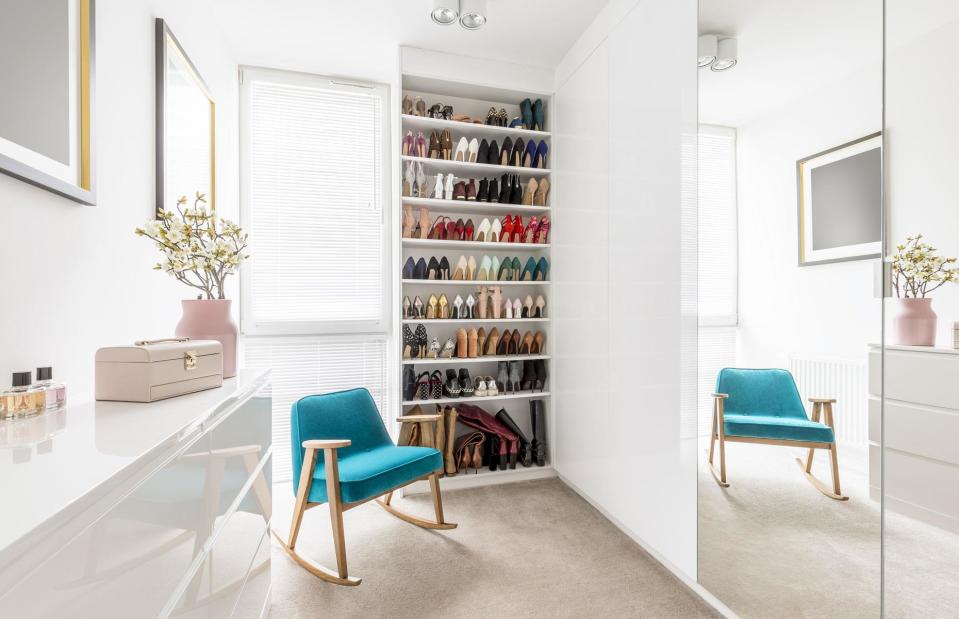
Photographee.eu / Shutterstock
A separate dressing room is only practical if you have plenty of bedrooms so that it doesn't affect your home's value. According to Nationwide's House Price Index, an extra bathroom can add 6% to the value of the average home.
If you're still keen, then consider fitting out your new walk-in closet with freestanding wardrobes that can easily be removed, allowing the space to be converted back into a small bedroom with minimal fuss and expenditure.
Sacrificing bedroom space for an ensuite
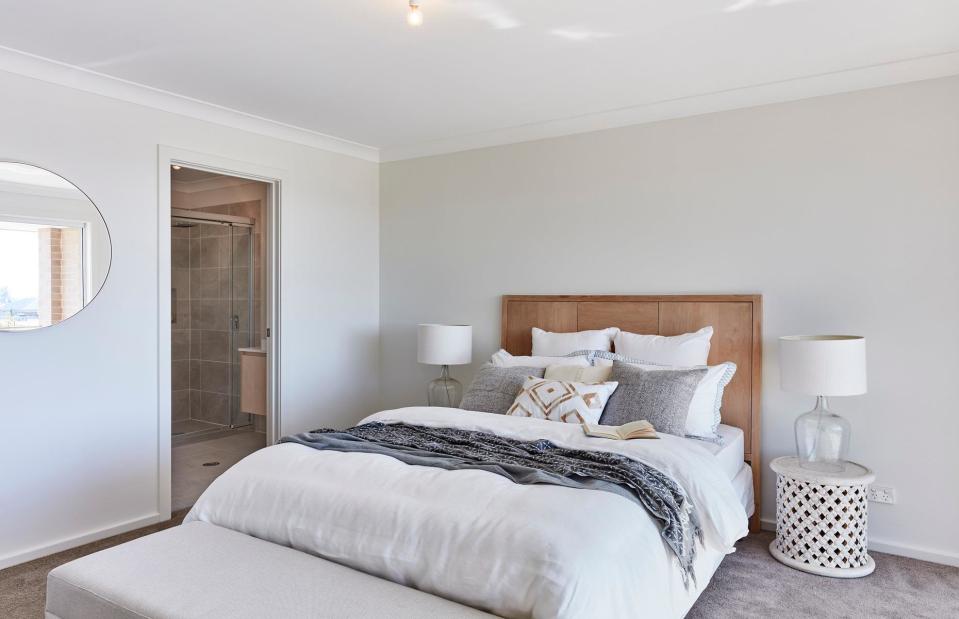
PhotoMavenStock / Shutterstock
If you’re sacrificing part of a bedroom or possibly even a whole one in favour of a bathroom, you may be inadvertently knocking money off the value of your home, as buyers tend to prefer extra sleeping space over more bathing space.
Consider whether adding an ensuite will make the room feel cramped or compromise on its overall size.
Being unwise with redecorating
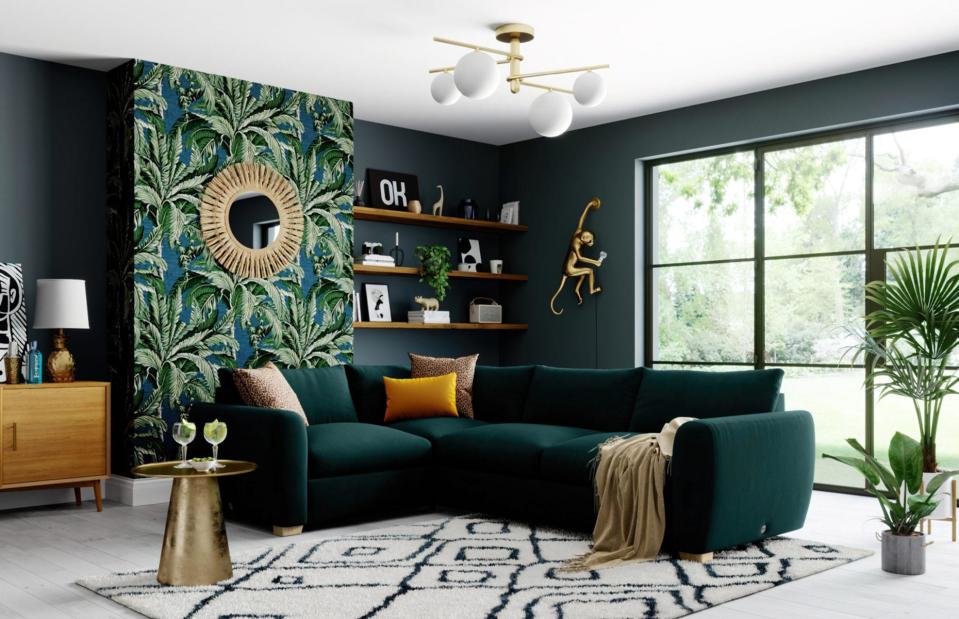
Snug Sofa
Every home needs a bit of TLC and redecorating can be a quick and easy way to spruce up your living spaces. However, painting your rooms in vibrant, clashing colours, or applying heavily patterned wallpapers isn't the way to go if you have moving on your mind.
While creating a feature wall will look lovely, try to keep most of your spaces neutral and choose high-quality but affordable paints, such as Dulux, for the job. There's no point in forking out on premium brands if you're planning to sell up in a few years.
Going over the top with murals
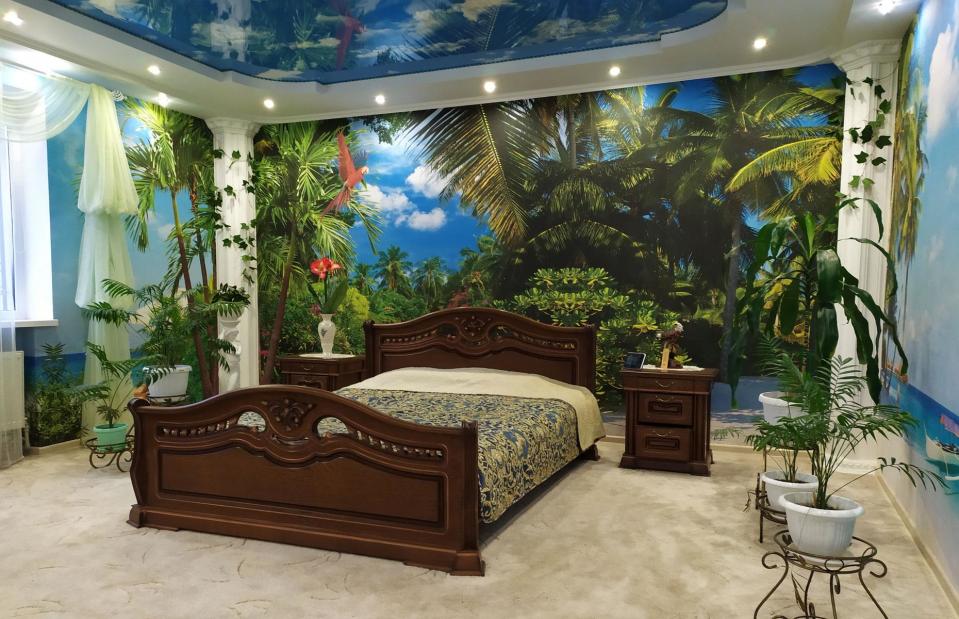
Sokolova V / Shutterstock
Adding a vibrant 3D art mural to your walls might be a fun way to create a unique living space, but it can become a problem when it comes to selling up. While it can of course be removed or painted over, some buyers may find it difficult to see beyond your extensive personalisation.
It's well documented that buyers are drawn to neutral spaces, as it allows them to envision themselves living there. Instead of opting for daring murals, why not experiment with bold accessories instead?
Covering up period features
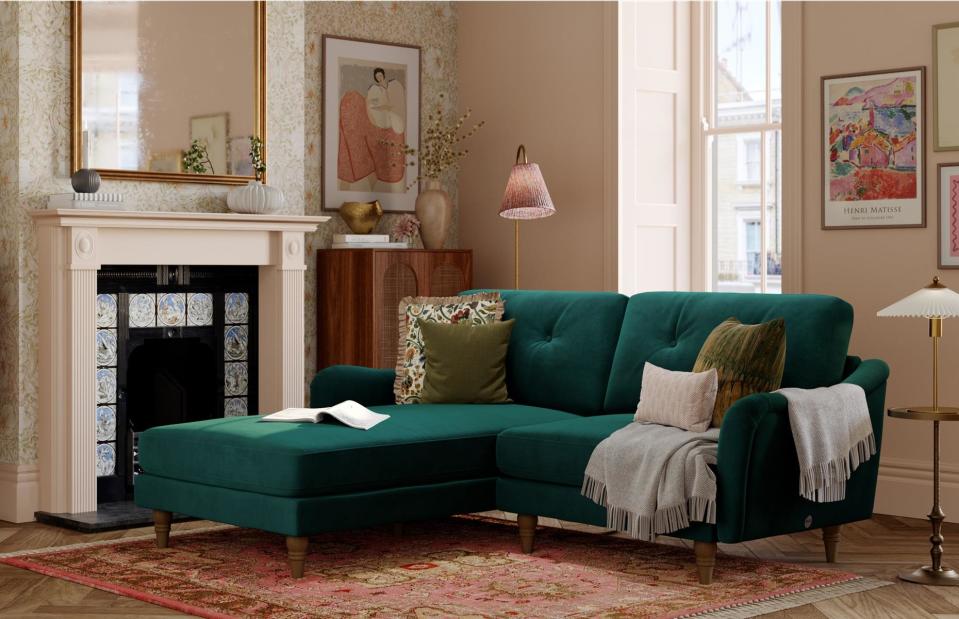
Snug Sofa
Older heritage properties often have exquisite antique features that, once restored to their former glory, can make amazing focal points. In a bid to create a certain aesthetic, some homeowners might consider covering up specific features or removing them altogether.
But, before you brick up the hearth, cover the original tiled floors or remove the ceiling roses, think about how these features could add character as well as value to your home.
Overspending on a luxury kitchen
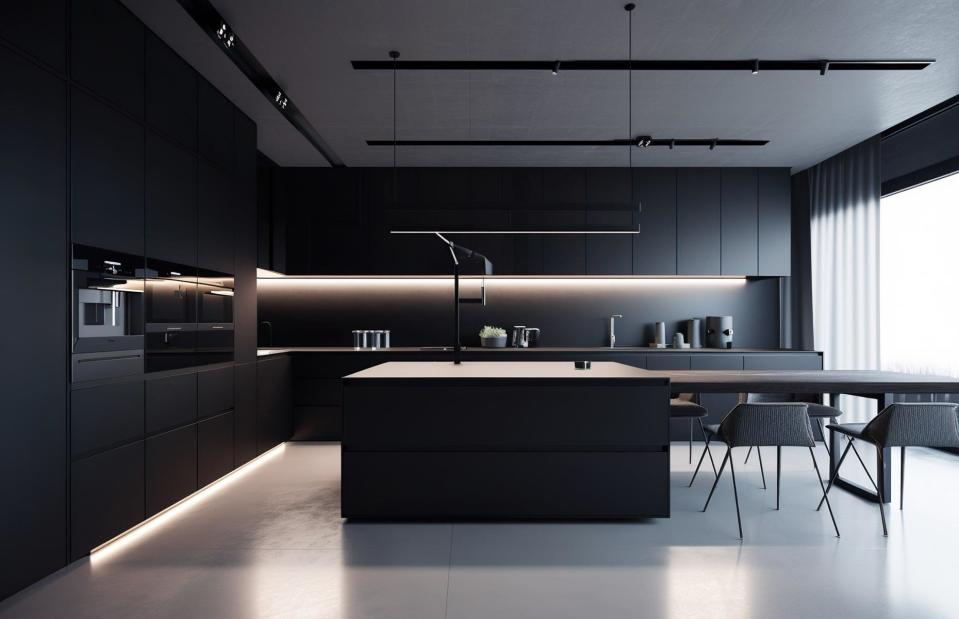
Wirestock Creators / Shutterstock
A new kitchen is one of the most expensive investments you’ll ever make in your home. And since it’s something you’re likely to do only every 10 years or so, it can be tempting to splurge on a high-end designer model.
But before you reach for your wallet, consider whether you might be able to get a completely new look by replacing one or two key fixtures, rather than paying out for a complete refit – for example, you could upcycle your kitchen cabinets with new handles and a fresh coat of paint, or update those worn worktops.
Choosing designer bathroom tiles
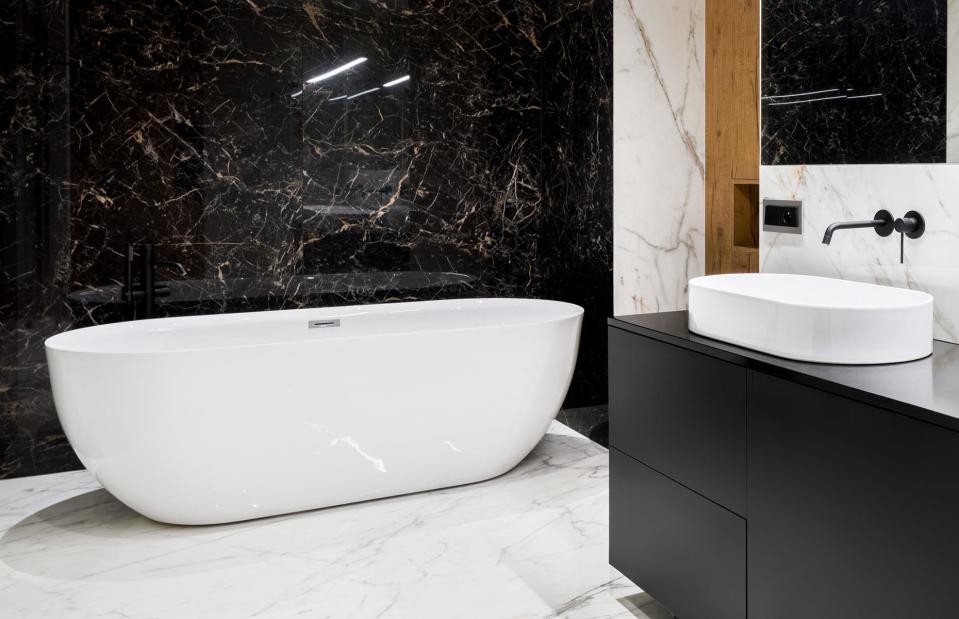
Dariusz Jarzabek / Shutterstock
Tiles can have a huge impact on the overall look and finish of a bathroom, but that doesn’t mean you have to spend a fortune on them.
Shop around a bit and you can usually find affordable alternatives to marble and porcelain, that create a look that's just as appealing. However, if you've got your heart set on statement designer tiles, why not use them as a splashback behind a basin, which will cost less and be easier for a future owner to replace?
Building an entertainment room
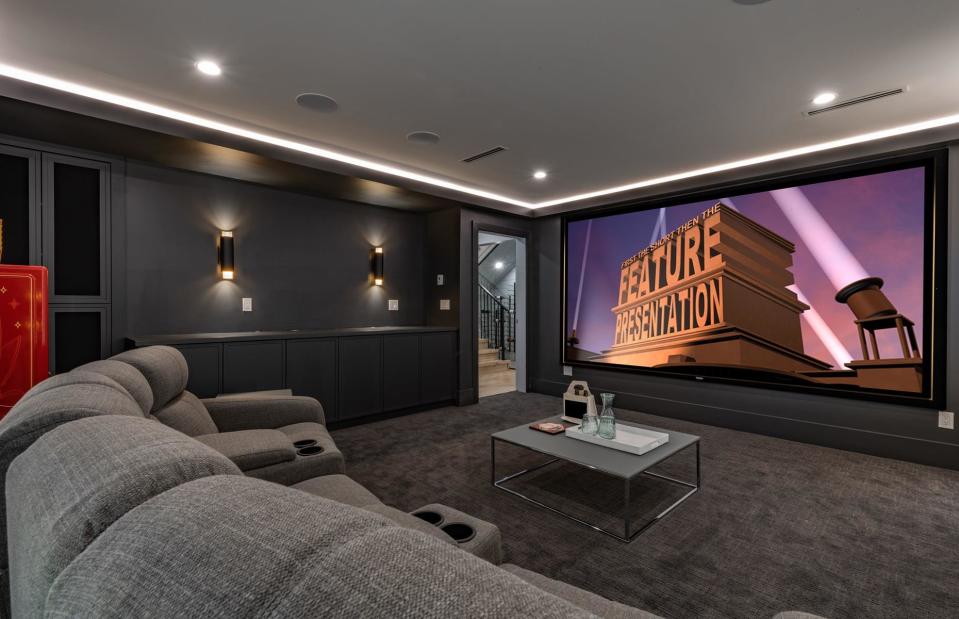
Sheila Say / Shutterstock
Luxury basement conversions are experiencing a rise in popularity, with many homeowners opting to create subterranean entertainment spaces, from home cinemas to bowling alleys. But what you think is the last word in cool won’t always appeal to potential buyers, particularly if the space includes large, built-in fixtures.
Keep the arrangement as flexible as possible, with freestanding cabinets and moveable furnishings, so potential new owners can put their stamp on the space.
Knocking down valuable walls
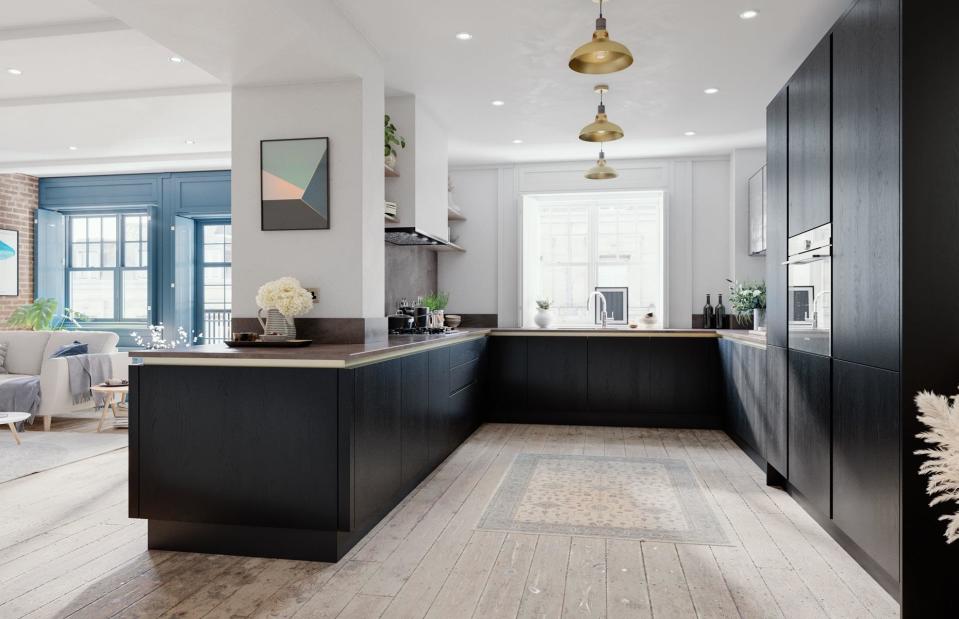
Smile Kitchens
Knocking down internal walls is usually a smart move and savvy house-hunters look for contemporary homes with spacious, free-flowing interiors. Yet there are instances when knocking down walls is a bad idea, especially if you're removing a valuable room from your home.
For example, an ensuite bathroom can be very desirable in a larger house, while some buyers may prefer a private home office that's away from the hubbub of your living spaces. Remember, removing walls increases noise and reduces privacy.
Changing the garage into a gym
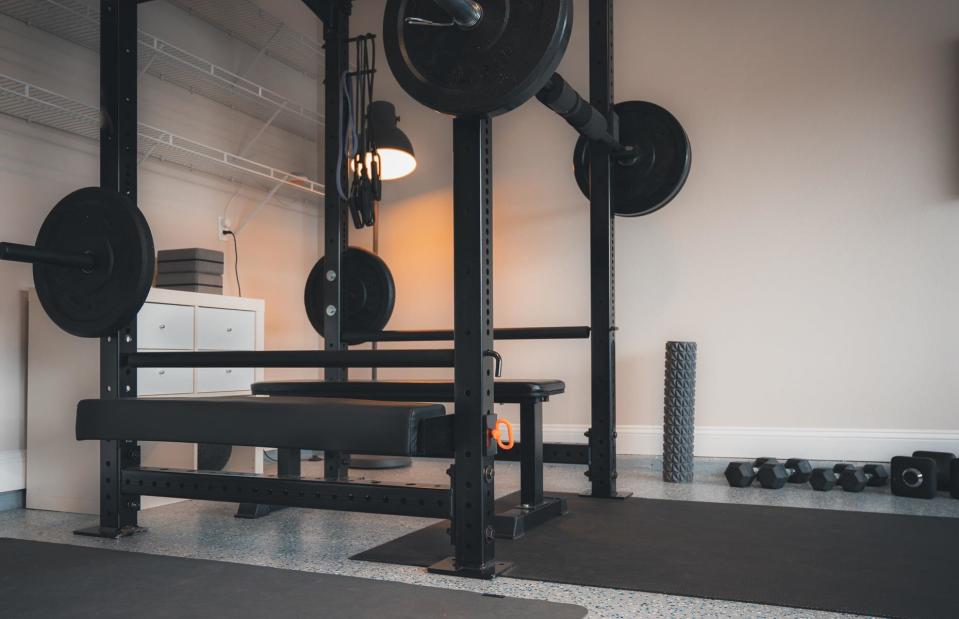
Nathan Kenn / Shutterstock
Converting your garage into a home gym could seriously dent your profit when it's time to sell. Garages and parking spaces are always in high demand, especially in densely populated urban areas.
In fact, a garage could add significant value to your home. So, before turning yours into a gym with fitted equipment, rubber floor tiles and wall-to-wall mirrors, consider whether it will be a good, long-term investment.
Investing in too much tech
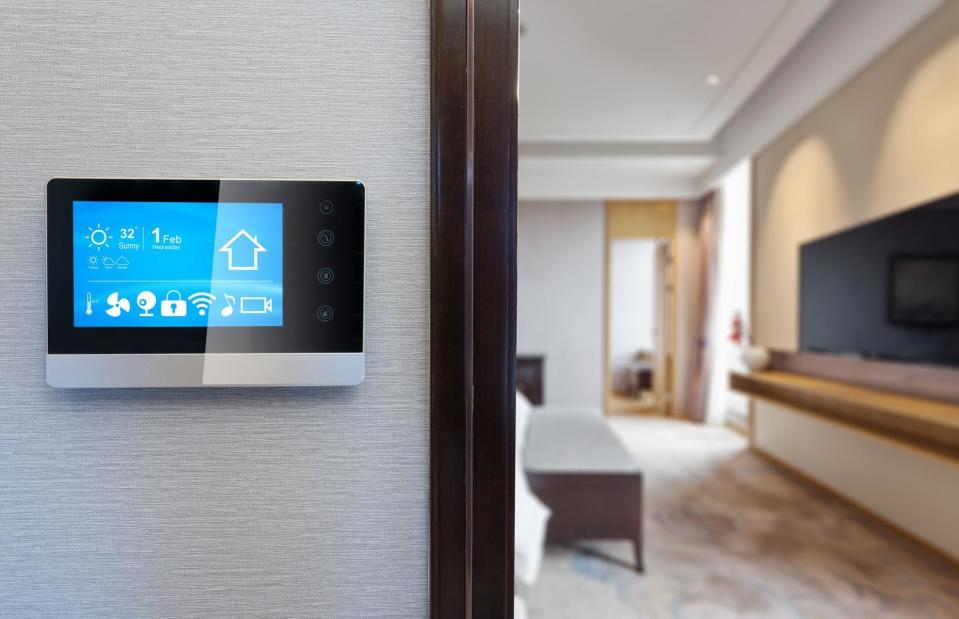
zhu difeng / Shutterstock
You may love the fact that you can turn on your lights, lower your blinds and work your central heating system at the touch of a button, but an array of gadgets and smart technology installations won't add value to your home and may even put some buyers, who like traditional methods, off entirely.
Remember, not everyone is a tech wizard, so try and think about your future buyer and their needs.
Replacing all your windows
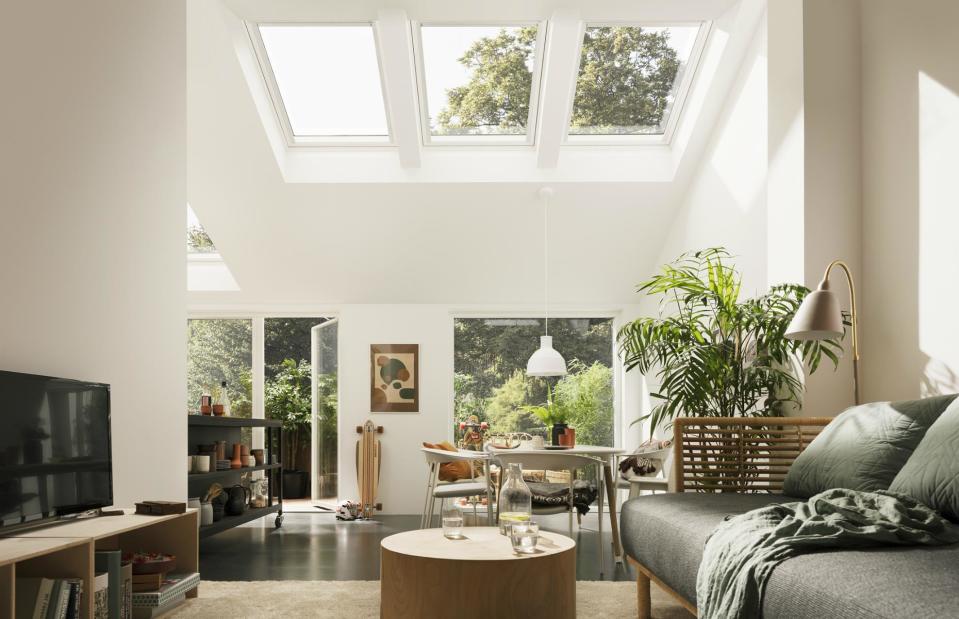
Velux
It might be tempting to upgrade all the glazing in your home at once, but this could prove very costly. When it comes to windows, it's a good idea to only replace broken, inefficient or single-glazed ones – if you're replacing functional double-glazed windows you're unlikely to see any increase in your home's value.
Plus glazing isn't cheap and it's certainly not an area to scrimp on. New windows can cost thousands, so if yours are in good shape, it's best to leave this project for another time. Keeping them well maintained is always a good idea, though.
Adding a sun room or conservatory
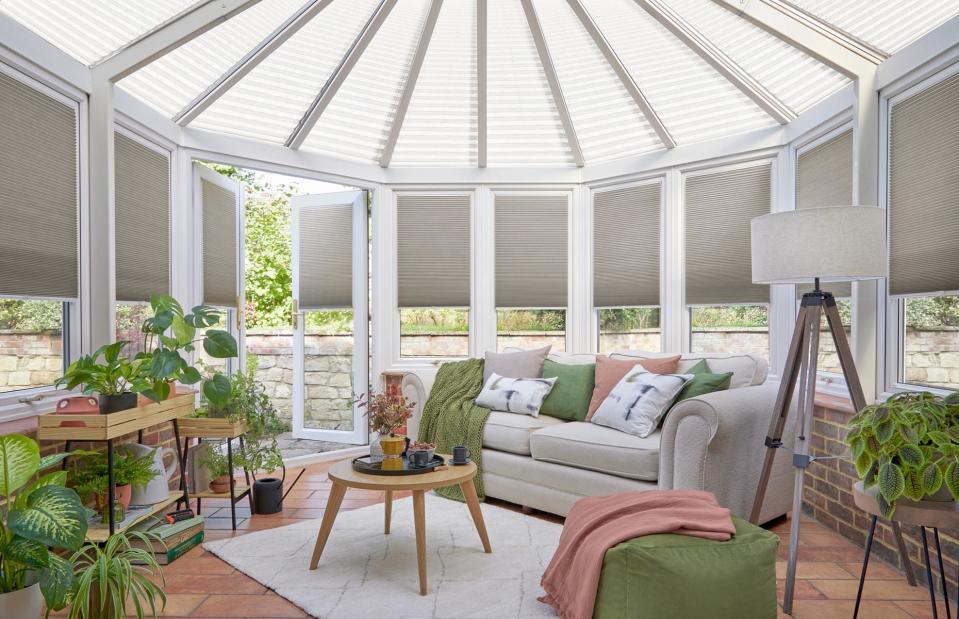
Hillarys
In warmer climates, a sunroom or conservatory can be a pleasant space that can be enjoyed all year round, but these rooms can also prove to be too hot in summer and too cold in winter, making them rather an unpopular home addition.
If you decide to add one, you could deter further buyers. What's more, this type of project can cost tens of thousands, making it very hard to receive a good return on your investment.
Replacing the roof
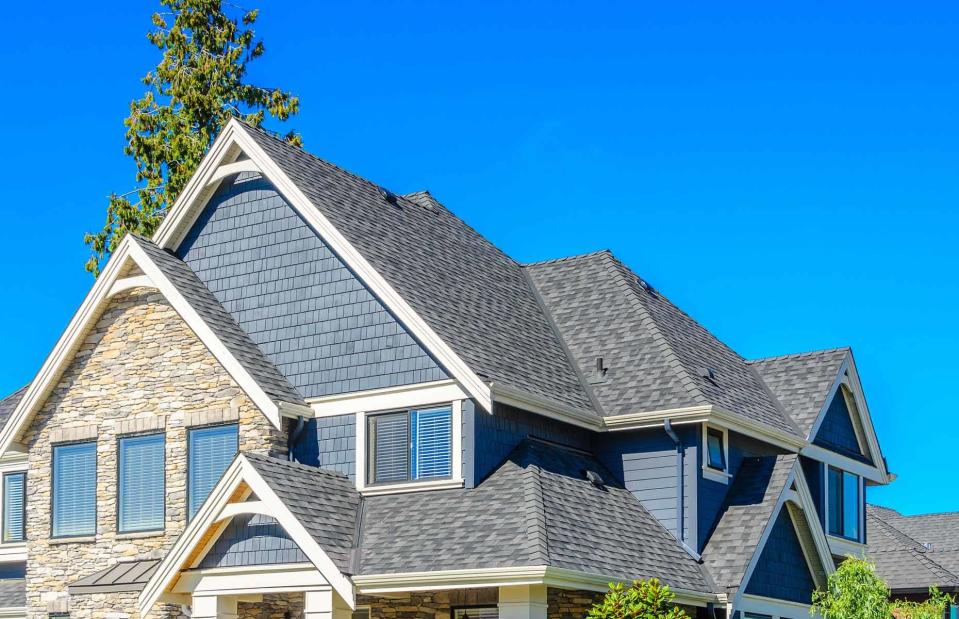
karamysh / Shutterstock
Some home renovation projects are a once-in-a-lifetime job and replacing your roof is one of them. This is partly because of the cost and partly because it can prove quite tricky, involving scaffolding and several days of skilled labour.
Plus when the time comes to sell up, you’ll probably only recoup just over half of what you spent on the roof – worth bearing in mind if you’re considering replacing a roof for purely aesthetic reasons. If certain areas look especially worn, it may be far more cost-efficient to replace a small section of tiles instead.
Investing in solar panels
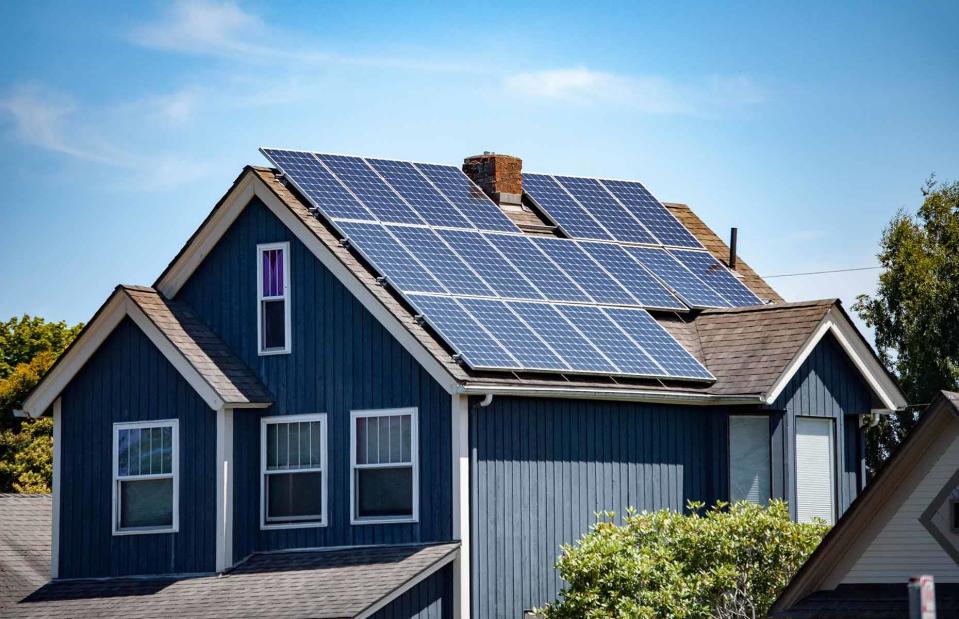
CL Shebley / Shutterstock
Although solar panels are one of the most energy-efficient ways to fuel our homes, they usually have a minimal impact on a property's value. Some buyers consider them an eyesore, maintenance can be perceived as troublesome and they can hinder future renovation plans such as a new roof, loft conversion or extension.
Money Saving Expert suggests it could take someone living in the middle of the UK, in a typical home, anywhere between 12 and 17 years to recoup the costs of installing panels.
Extending without permission
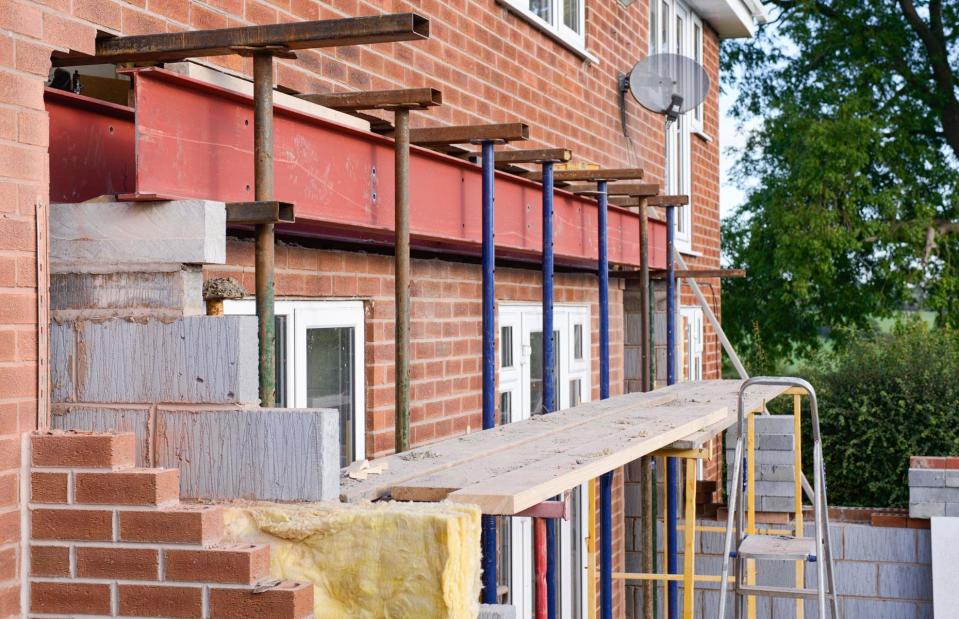
Sponner / Shutterstock
A house extension is a great way of adding space and value to your property. However, if you don't go through the proper channels to gain permission, it could prove very costly. What's more, you may even be ordered to demolish your new build completely if your builder hasn't adhered to the correct standards.
Some types of extension and home improvements don't require planning permission but will still need to meet permitted development laws and building regulations, so always do your research first.
Growing a high-maintenance garden
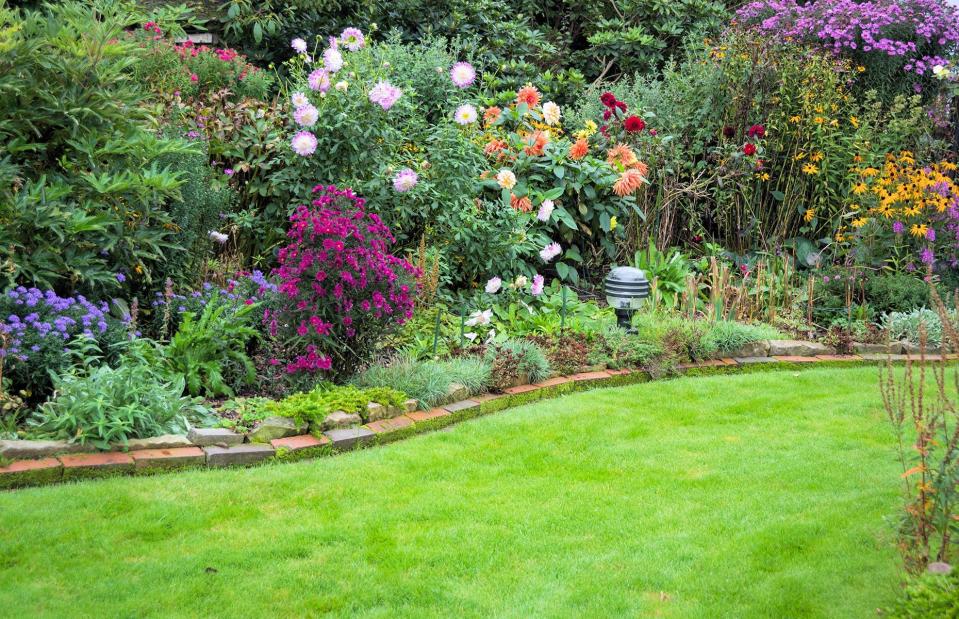
Bildagentur Zoonar GmbH / Shutterstock
While a good-looking garden is a big plus for potential buyers, they could be scared away by anything that looks like it needs extreme upkeep.
Whether it’s an overly manicured lawn, box hedging or delicate plants that need to be tended to regularly, a high-maintenance garden isn't everyone's idea of heaven.
Ripping up the lawn
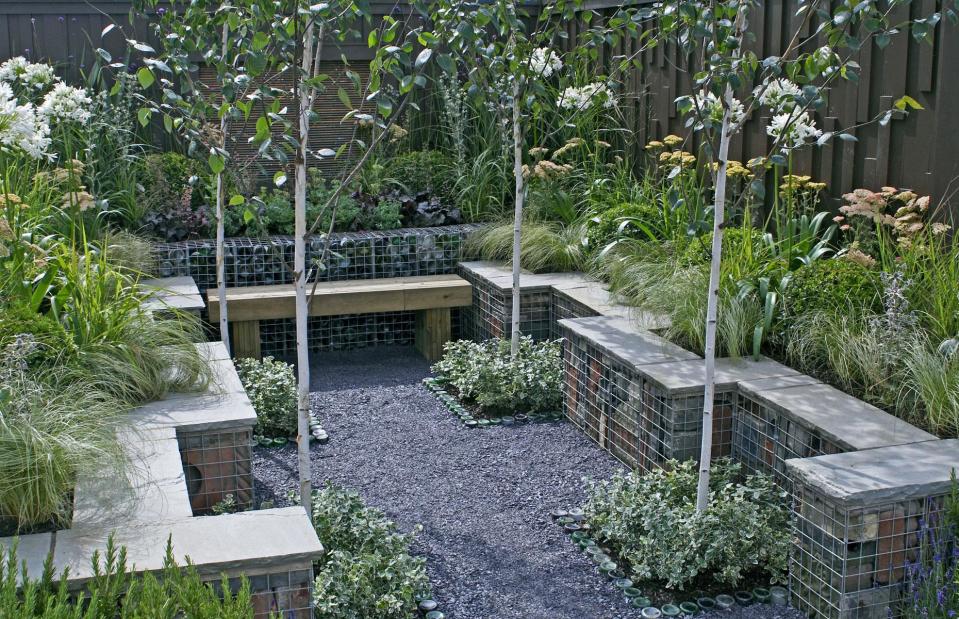
Gardens by Design / Shutterstock
We've already covered how a high-maintenance garden can be a mistake, but removing a healthy lawn completely can be just as damaging. Buyers place real value on their green spaces and paving and pebbles require their fair share of maintenance, too.
Ditching real grass for a fake lawn
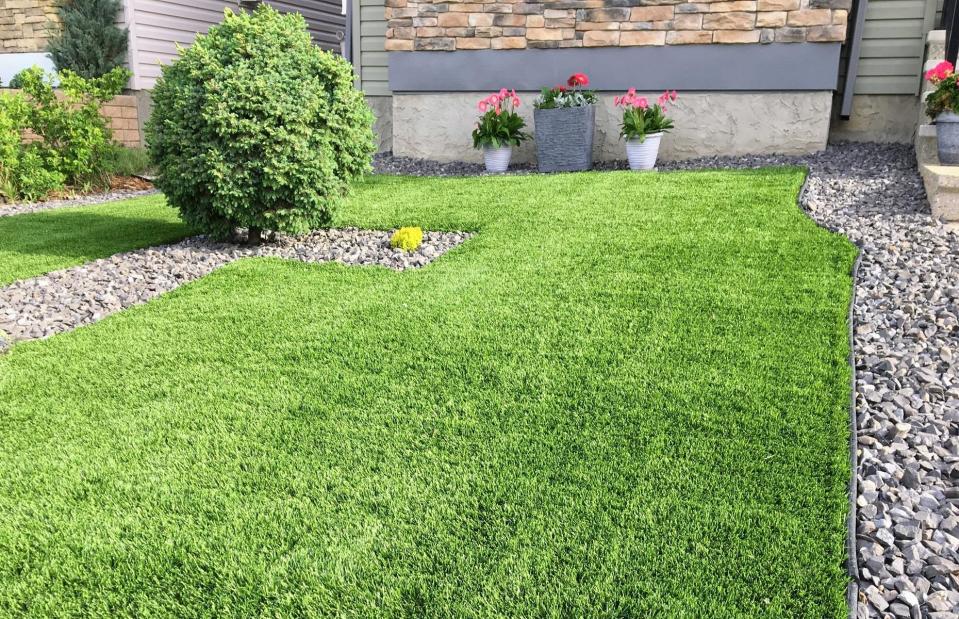
christopher babcock / Shutterstock
If you're not a gardener, then you could be tempted to replace your lawn with artificial grass. But before you do, you should probably know that doing so could devalue your home. While some like its low-maintenance nature, research by MyBuilder has shown that 25% of Brits would like a full ban on fake grass, which is generally made from polypropylene or polyamide.
Fragments can find their way into the soil, spreading microplastic pollution and harming wildlife. Laying artificial grass could deter buyers, who will have to spend thousands removing the product or replacing it after its 15-20-year lifespan.
Overdoing the decking
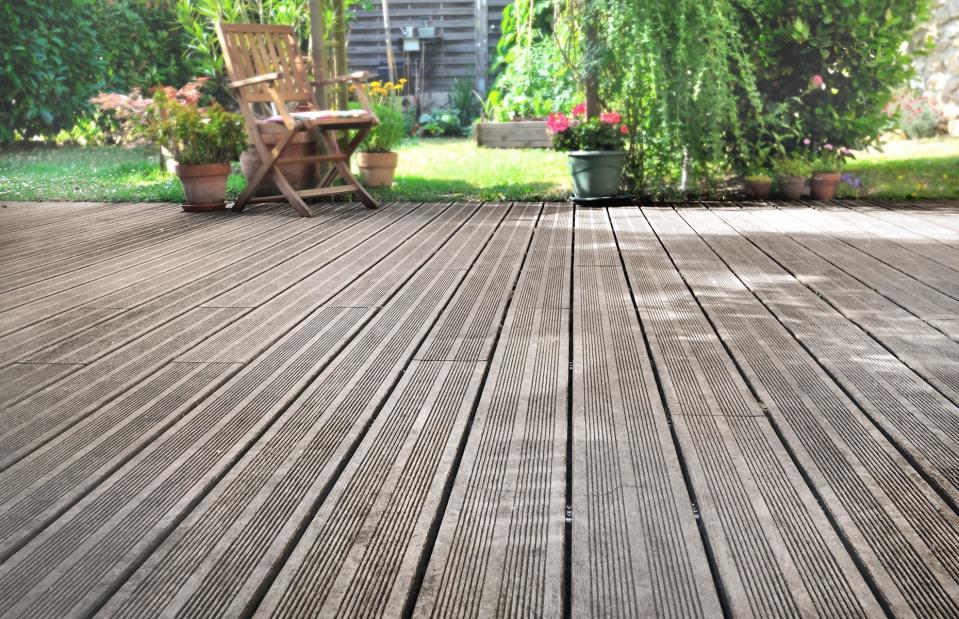
sanddebeautheil / Shutterstock
The decking craze that began about 20 years ago in the wake of a surge in TV DIY shows has been abating of late. While decking does make for practical outdoor sitting space, it doesn’t carry the allure it once did and may appear a bit dated in the eyes of fashion-conscious buyers.
A stone or porcelain slab patio will stand the test of time and won’t need restaining, either. Alternatively, invest in composite decking, which costs a little more initially but will last a lot longer with minimal maintenance.
Compromising garden space
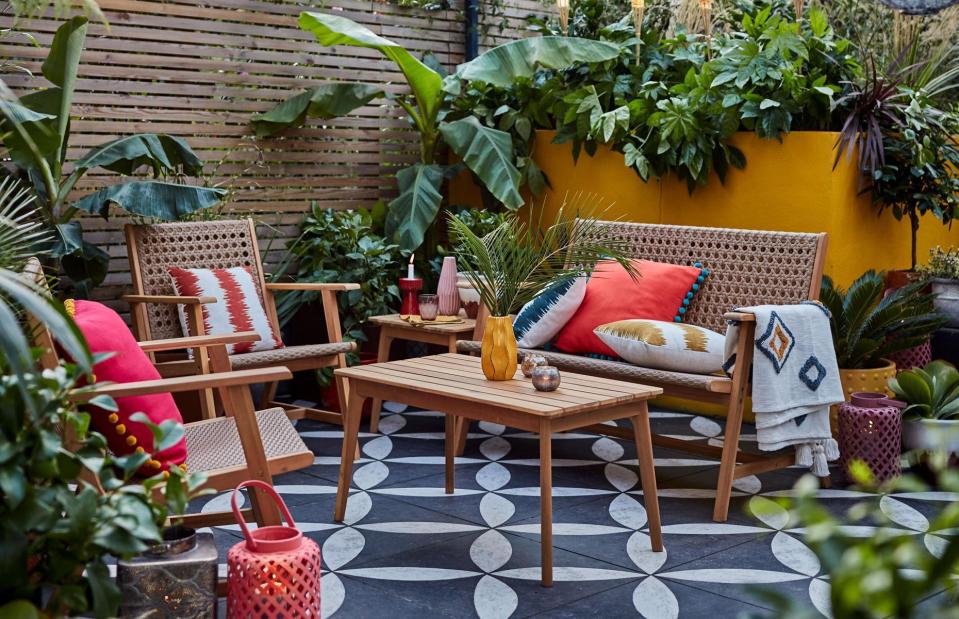
Dobbies
Exterior space is extremely sought-after by buyers, so adding an extension, garden room or conservatory that compromises too much of your exterior space is not going to be a good investment.
If you have a small garden, focus instead on creating an outdoor haven that potential buyers will be able to envision themselves using.
Going all-out on an outdoor kitchen
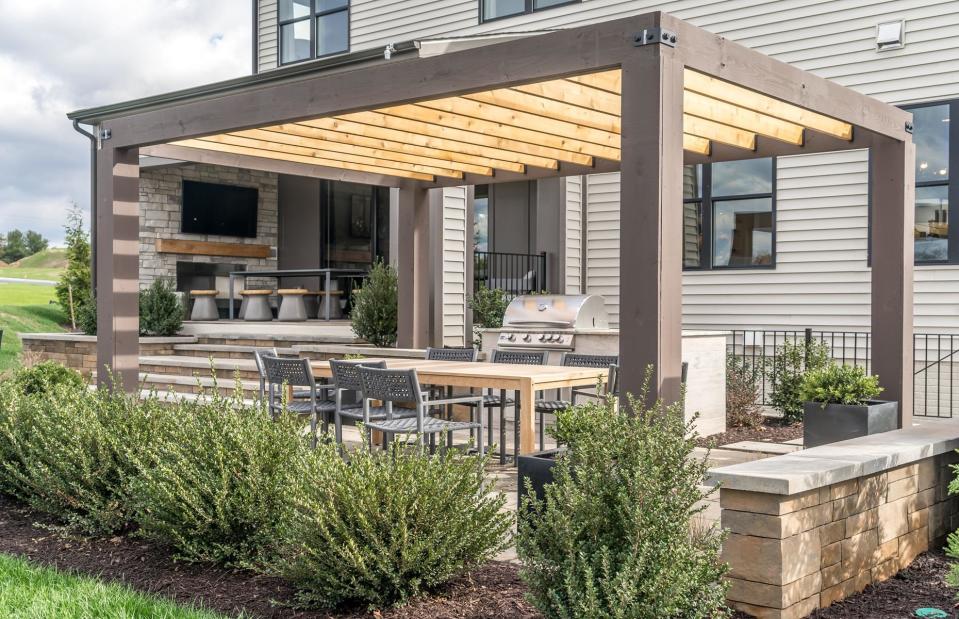
tokar / Shutterstock
Unless you’re a serious barbecue enthusiast, forking out on a built-in grill or pizza oven is unlikely to prove a good investment.
While some buyers may enjoy the novelty of an outdoor kitchen, others will see it as a waste of space and neither will part with extra cash for the privilege of being able to cook outside.
Splashing out on a swimming pool

Pexels
Having your own swimming pool feels like the epitome of home luxury, but it can come with a hefty price tag, both in the short and long term.
Construction aside, a pool can cost quite a lot to maintain, especially if you’re planning on heating it. Swimming pools can also be off-putting to potential buyers, who may see them as an added hassle or even a safety hazard if they have small children.
Installing a tennis court
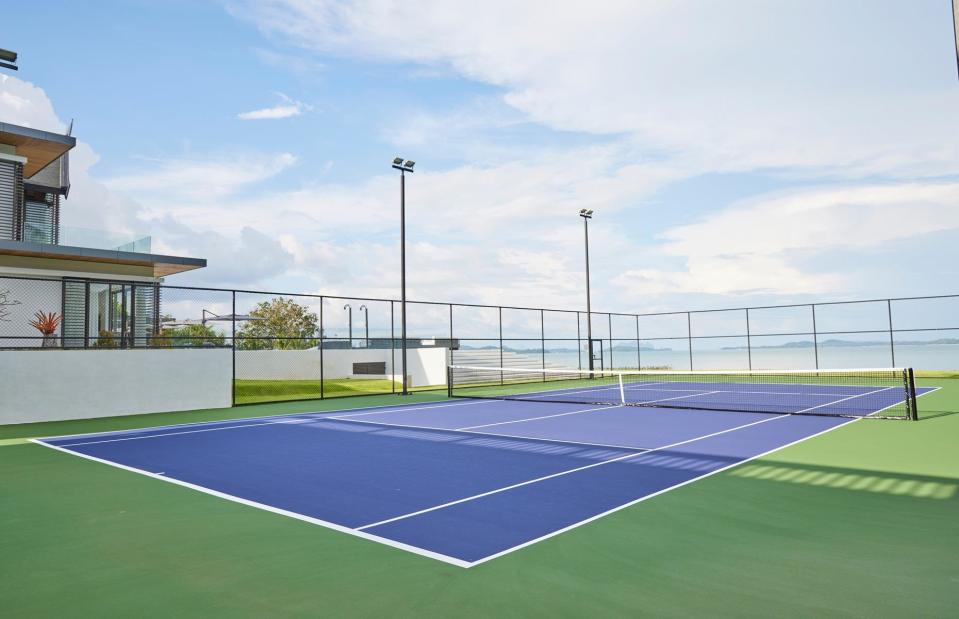
LioNguyen / Shutterstock
If you have abundant outdoor space, you might be considering installing your very own tennis court – but proceed with caution. Adding a tennis court to your garden can cost tens of thousands for installation but only adds a small percentage to your home's value. Therefore, it might not be worth the investment, especially if you're hoping to make a massive profit when you come to sell.
Not catering for your target market
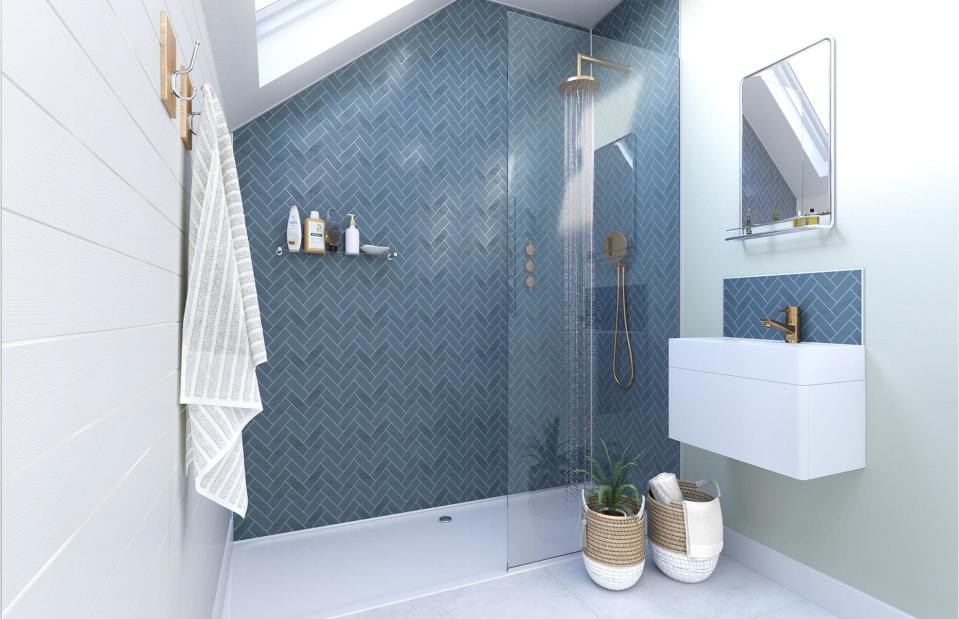
Drench
If you’re planning to sell your home within the next five years, think about the target buyers in your local market before making any major updates.
For example, if you live in an area where people are looking for family homes, converting a handy bathtub into a walk-in shower may not be appropriate for those with young children and could alienate potential buyers. Speak to local estate agents to get an idea of what sells best where you live.
Blowing the budget on things you can’t take with you
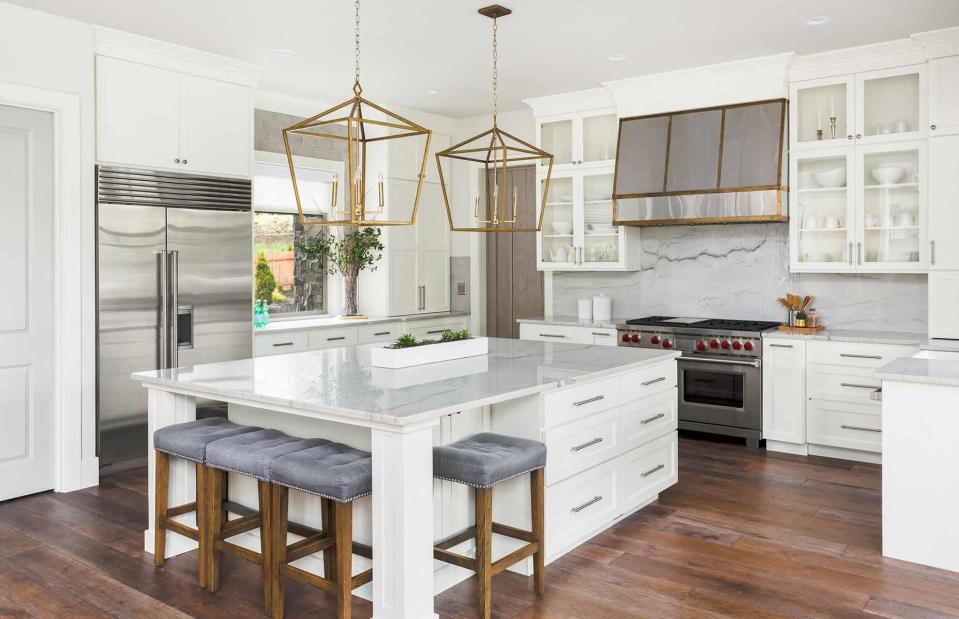
Breadmaker / Shutterstock
If you live in a low or mid-range priced home, splashing the cash on top-spec fixtures and finishes is a guaranteed way to lose money in the long term. It won’t instil prospective buyers to up their offer, so sticking to quality, mid-range items is a safer bet.
Of course, if you’re planning to stay in your home for a long time and want to enjoy the finer things in life, then you can go as luxe as money allows, as long as you remember that you won’t be getting that money back if you do sell up.
Installing invisible upgrades
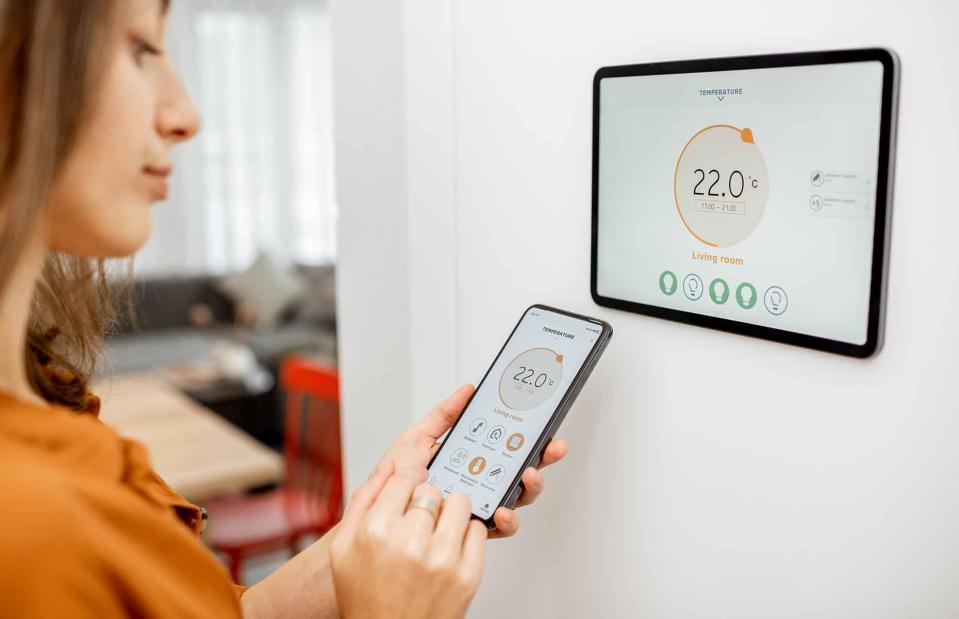
RossHelen / Shutterstock
If you’re planning to sell up soon, don’t waste money on home improvements that you can’t see, such as a new heating system.
If your current boiler still works perfectly well, leave it be and spend the money on something that buyers will actually notice – new hardware can offer a nice return on investment.
Doing up just one or two rooms
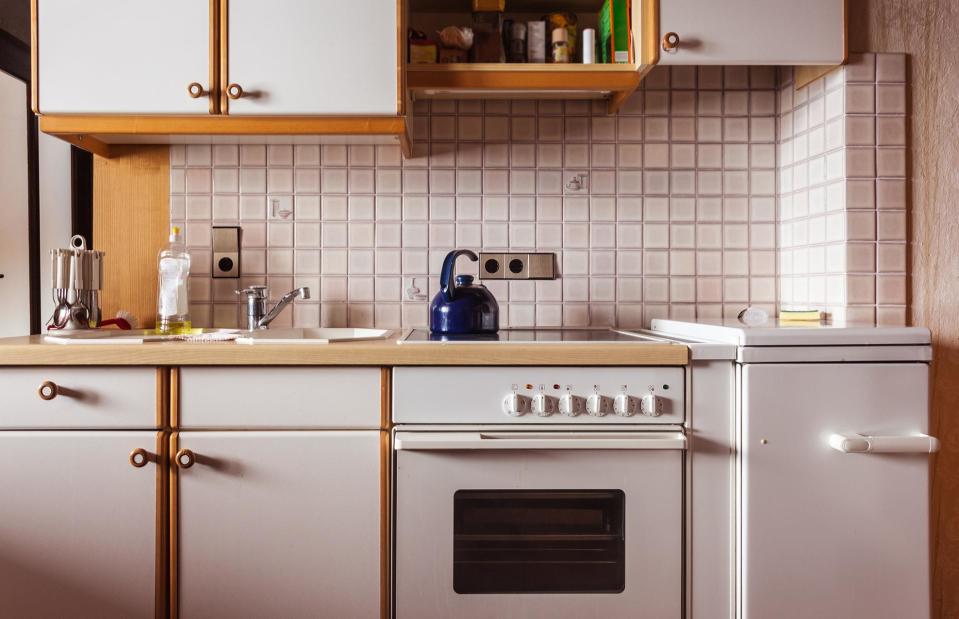
Dario Lo Presti / Shutterstock
Any buyer will be impressed by an immaculate new bathroom. But put that bathroom next to an old-fashioned kitchen that hasn’t seen so much as a paintbrush since the 1980s and that shiny bathroom will only highlight how much work needs doing across the rest of the house.
Rather than getting one or two rooms just right, spread your spending across your entire home, improving the overall impression it makes on prospective buyers.
Following trends too closely
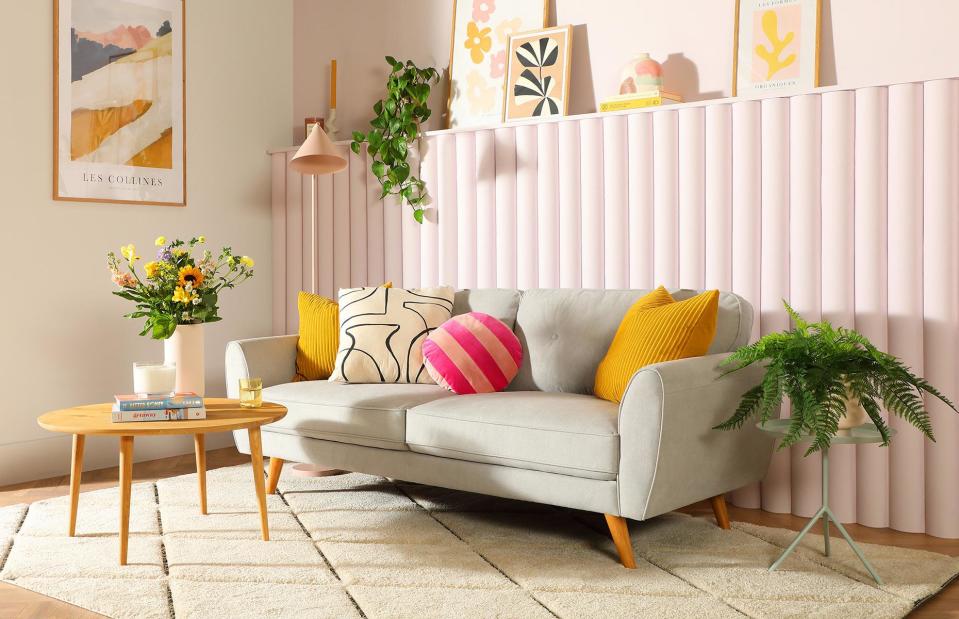
Furniture and Choice
Keeping up to date with the latest interior trends is lots of fun, but if you’re short on cash or are planning to sell up soon, it’s best to incorporate them in accessories that can easily be replaced, or packed and taken with you.
Installing more permanent trend-led fixtures can be off-putting to prospective buyers: if you’re too far ahead of the curve, they might not understand your style, while last year's biggest trend may now seem outdated.
Adding bespoke extras
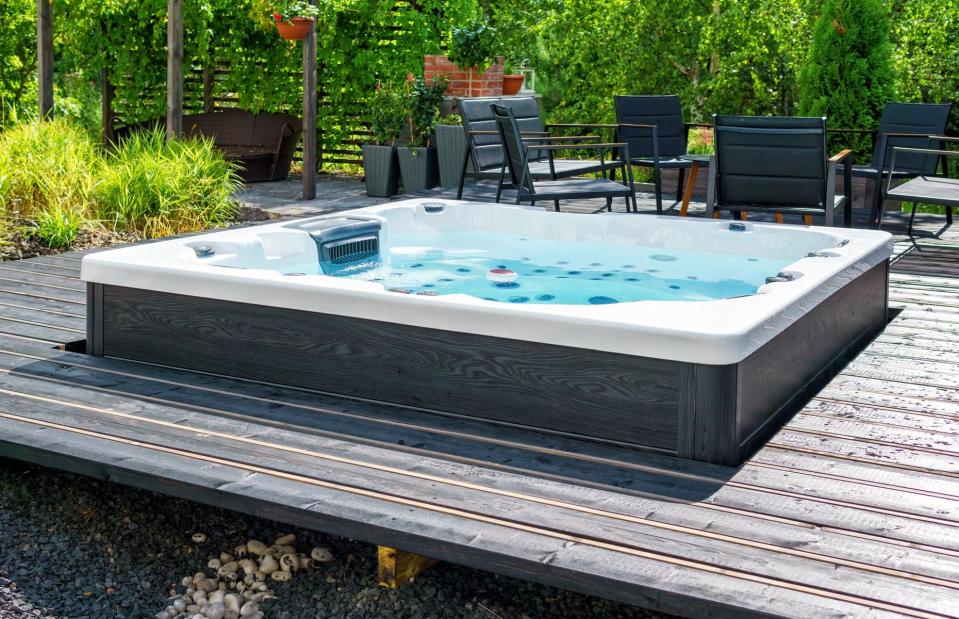
Finmiki / Shutterstock
If you're thinking of turning a redundant closet into a storage space for your favourite vintages, creating a garden yoga studio or installing a hot tub, you may want to think twice before investing.
While these bespoke extras might improve your lifestyle, it's unlikely they will add value to your home and their presence may even put future buyers off, especially if storage space has been lost, or a lot of future maintenance is required.
Now check out more renovation, DIY and decorating advice

